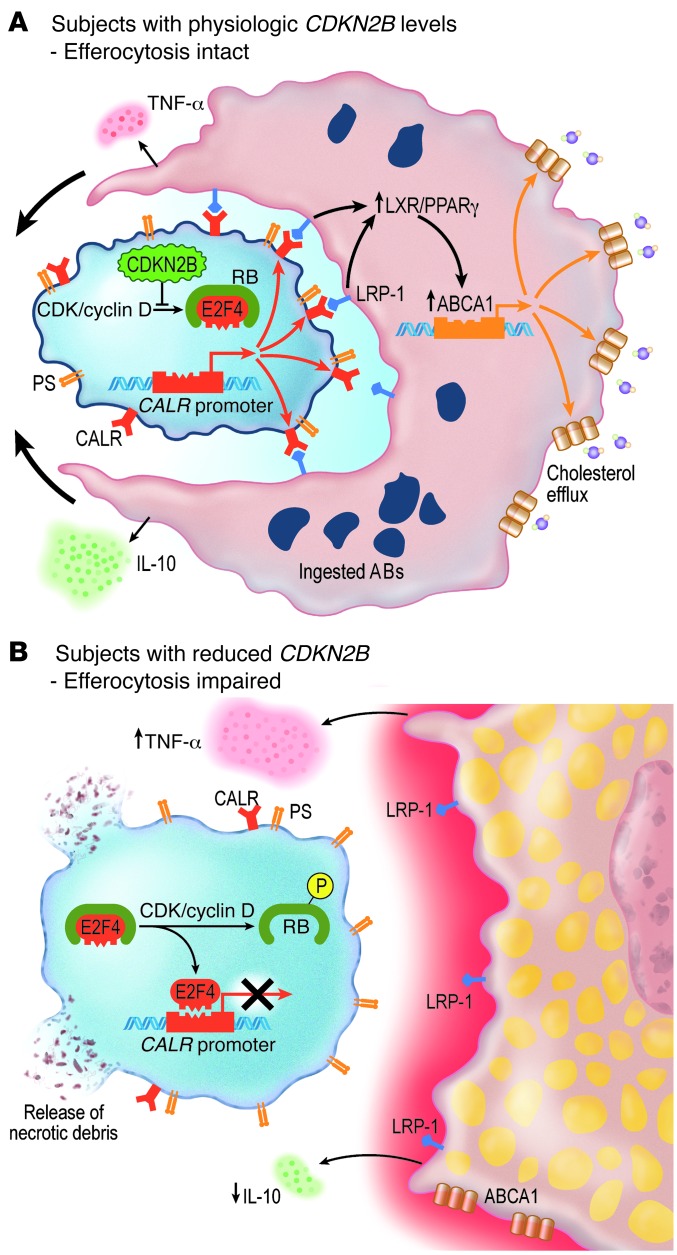Figure 7. Proposed mechanism by which loss of CDKN2B impairs efferocytosis and promotes vascular disease.
(A) In subjects with normal levels of CDKN2B, E2F4 remains bound to RB and is not able to repress CALR expression. CALR is therefore expressed on the surface of the AB and activates LRP-1–dependent ABCA1 expression, reverse cholesterol transport, and phagocytosis. Because this efferocytosis pathway is intact, the AB is efficiently cleared, and the macrophage maintains a quiescent antiinflammatory profile. (B) In subjects who have reduced levels of CDKN2B, E2F4 is released from phosphorylated RB and inhibits CALR expression. Because it does not express an “eat-me” signature, the AB is not engaged by a neighboring phagocyte and rapidly undergoes secondary necrosis. As a consequence of this failed efferocytosis, the macrophage assumes an inflammatory foam cell phenotype.

